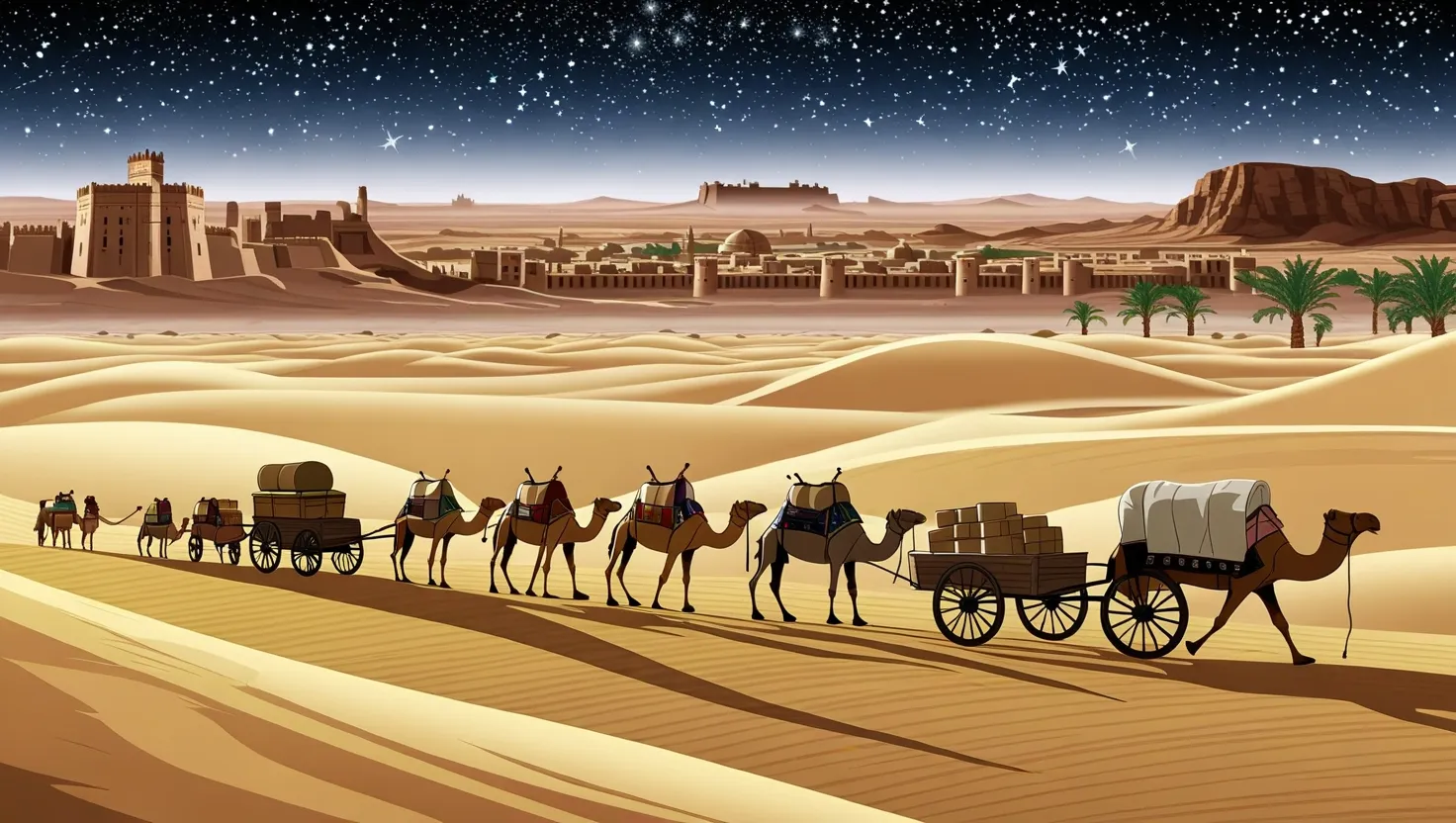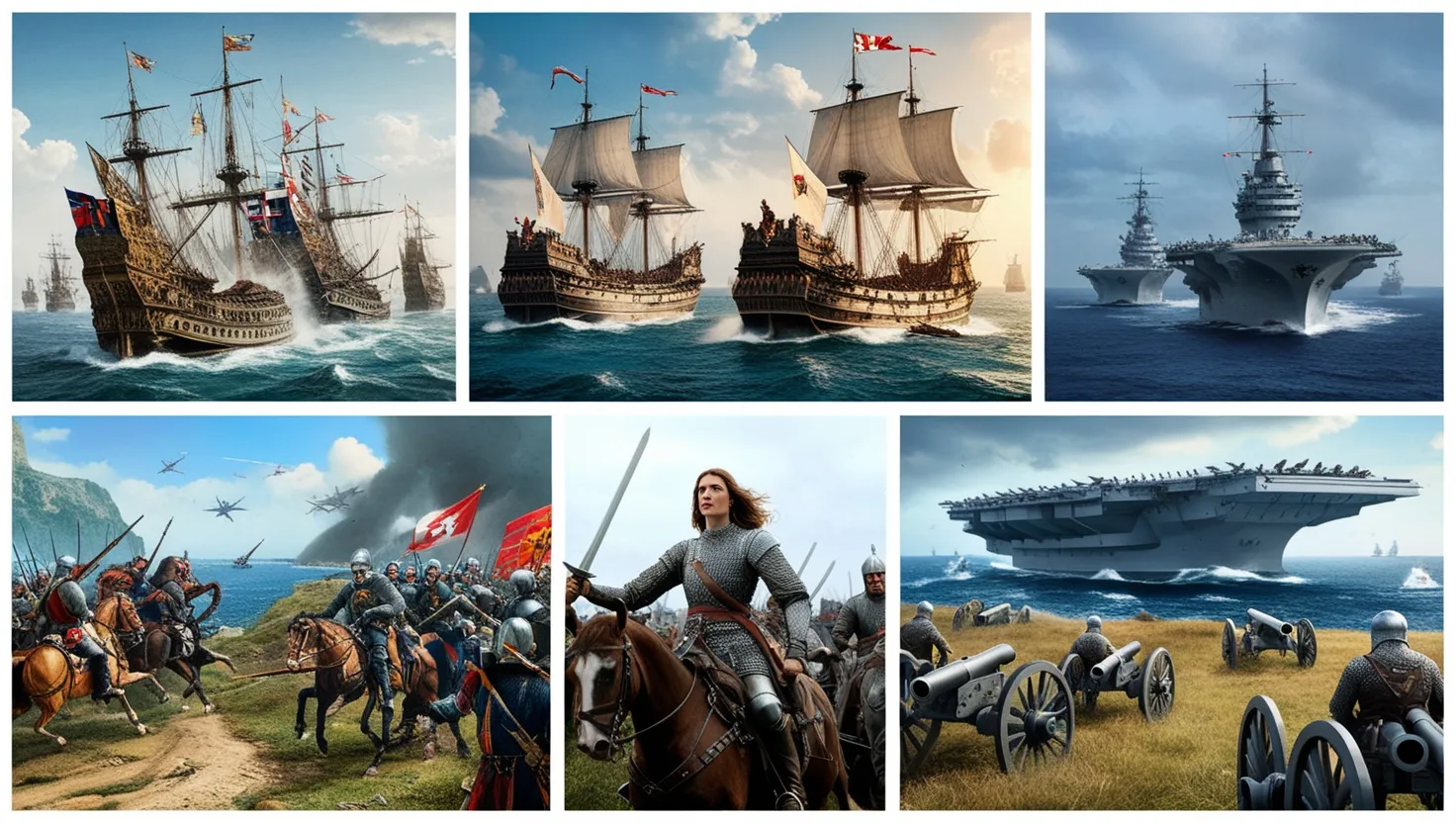5 Economic Decisions That Shaped Post-War Europe
When World War II ended in 1945, Europe faced total devastation. Cities were reduced to rubble, industries destroyed, and millions displaced. The continent stood at a crossroads, and the decisions made in those crucial years would determine not just Europe’s recovery, but its long-term prosperity and stability.
The economic rebuilding of post-war Europe remains one of history’s most remarkable transformations. From the ruins of conflict emerged a new economic order that would eventually create unprecedented wealth and cooperation. Let me take you through the five pivotal economic decisions that remade a continent.
The Marshall Plan stands as perhaps the most consequential economic intervention of the post-war period. Officially called the European Recovery Program, it transferred $13.3 billion (equivalent to $133 billion today) from the United States to Western European economies between 1948 and 1951. Have you ever wondered what motivated such generosity from America? While humanitarian concerns played a role, the plan served strategic interests in containing Soviet influence and creating markets for American goods.
The results were remarkable. Industrial production across Western Europe increased by 35% during the Marshall Plan years. Agricultural output surpassed pre-war levels, eliminating the starvation conditions of the immediate post-war period. The program helped launch what economists call the “Golden Age” of European capitalism - a period of unprecedented growth that saw living standards rise dramatically over the next two decades.
“The Marshall Plan will go down in history as one of America’s greatest contributions to the peace of the world.” - Winston Churchill
But the Marshall Plan did more than just provide money. It required European nations to coordinate their recovery efforts, breaking down trade barriers and fostering cooperation. This created a framework for economic integration that would later evolve into today’s European Union. The plan also subtly “Americanized” European countries through new exposure to American business practices, management techniques, and even popular culture.
Did you know that the Marshall Plan was originally scheduled to run until 1953? It ended early in 1951, partly due to the growing costs of the Korean War and opposition from American Republicans who had gained seats in the 1950 Congressional elections. Despite its shortened timeframe, its impact was profound.
The Bretton Woods Agreement of 1944 created the financial architecture for post-war recovery. This system fixed currency exchange rates to the U.S. dollar, which was itself convertible to gold at $35 per ounce. For Europeans trying to rebuild their economies, having stable currencies and predictable exchange rates removed a major source of uncertainty.
Two key institutions emerged from Bretton Woods: the International Monetary Fund (IMF) and the World Bank. The IMF would provide loans to countries facing balance of payments problems, while the World Bank focused on long-term development lending. Together, they created a financial safety net that encouraged European nations to pursue ambitious reconstruction plans without fear of currency collapse.
“We have come to recognize that the wisest and most effective way to protect our national interests is through international cooperation.” - Harry S. Truman
The European Coal and Steel Community (ECSC) of 1951 represented a radical experiment in economic cooperation. France, West Germany, Italy, Belgium, the Netherlands, and Luxembourg agreed to place their coal and steel industries - the very materials of war - under common management. Think about the significance: just six years after fighting the most destructive war in history, former enemies were sharing control of their most strategic industries.
The genius of the ECSC was that it made another European war not just politically unthinkable but economically impossible. When French foreign minister Robert Schuman proposed the community, he explicitly stated its goal was to make war between France and Germany “not merely unthinkable, but materially impossible.” The ECSC created a common market for coal and steel, removed trade barriers, and established shared institutions to govern these sectors.
From this modest beginning grew what would eventually become the European Union - the most ambitious project of economic and political integration in history. When we see the EU today, with its common currency and open borders, we’re witnessing the fruition of seeds planted in those early post-war years.
Germany’s Economic Miracle (Wirtschaftswunder) stemmed from a bold currency reform implemented in 1948. The German Reichsmark, virtually worthless after the war, was replaced by the Deutsche Mark at a rate of 10:1. Almost overnight, shop shelves filled with goods that merchants had been hoarding, waiting for a stable currency.
But currency reform was just one part of Germany’s economic transformation. Under Economics Minister Ludwig Erhard, the country embraced free-market principles, ending rationing and price controls, reducing regulations, and encouraging competition. Many experts predicted disaster. How did Germany move from the brink of economic collapse to become Europe’s industrial powerhouse within a decade?
“We decided to be free, to work, save and succeed.” - Ludwig Erhard
The answer lies partly in Germany’s focus on exports and manufacturing excellence. The country rebuilt its industrial base with newer, more efficient factories than those destroyed in the war. The “Made in Germany” label, once imposed by Britain as a warning mark against inferior products, became a symbol of quality worldwide. German companies invested heavily in technical education and apprenticeship programs, creating a skilled workforce that could command premium prices for its products.
By 1958, West Germany had achieved full employment. Its GDP had doubled from pre-war levels. This economic strength gave the country political influence that would have been unthinkable in the immediate aftermath of defeat. Have you considered how different Europe might look today if Germany had remained economically marginalized?
Britain’s creation of the National Health Service in 1948 represented a different kind of economic decision - one focused on social welfare rather than industrial production. For the first time, a major European nation committed to providing comprehensive healthcare to all citizens regardless of their ability to pay. This bold experiment in universal healthcare came at a time when Britain’s economy was struggling under war debts and the loss of empire.
“No society can legitimately call itself civilized if a sick person is denied medical aid because of lack of means.” - Aneurin Bevan, founder of the NHS
The NHS fundamentally altered the relationship between citizens and government. Healthcare became a right rather than a privilege, and this principle would influence welfare systems across Europe. The economic implications were significant. By removing the financial risk of illness from individuals, the NHS provided security that encouraged economic risk-taking and entrepreneurship in other areas.
Beyond these five major decisions, other economic choices shaped post-war Europe. The decision by many countries to pursue full employment as a primary economic goal led to expansive government investments in infrastructure and education. The gradual liberalization of trade through the General Agreement on Tariffs and Trade (GATT) opened European economies to global competition.
What lessons can we draw from Europe’s post-war economic transformation? Perhaps the most important is that bold, coordinated action can overcome even the most devastating circumstances. The continent’s recovery wasn’t accidental - it resulted from deliberate policy choices made by leaders who understood that prosperity required cooperation.
Another lesson is that economic decisions have consequences far beyond balance sheets. The Marshall Plan wasn’t just about dollars and cents; it reshaped political relationships and cultural attitudes. The European Coal and Steel Community wasn’t merely an industrial arrangement; it was a peace project disguised as an economic agreement.
Do you think today’s leaders show the same vision and courage in addressing our economic challenges? Would the architects of Europe’s post-war recovery recognize their values in our current approaches to international cooperation?
The five economic decisions highlighted here created the foundation for what economists call the “European miracle” - the unprecedented period of growth between 1950 and 1973 when Western European economies expanded faster than at any time before or since. Living standards rose dramatically, creating middle-class societies where poverty had once been widespread.
These decisions also set the stage for Europe’s political evolution. Economic integration created shared interests that made political cooperation not just desirable but necessary. The continent that had been the epicenter of two world wars transformed into a zone of peace and prosperity.
As we face our own economic challenges today, the story of Europe’s post-war transformation offers inspiration. It reminds us that with vision, cooperation, and bold action, even the most damaged economies can recover and thrive. The decisions we make in times of crisis can echo for generations, shaping not just our economic prospects but the kind of society we become.






